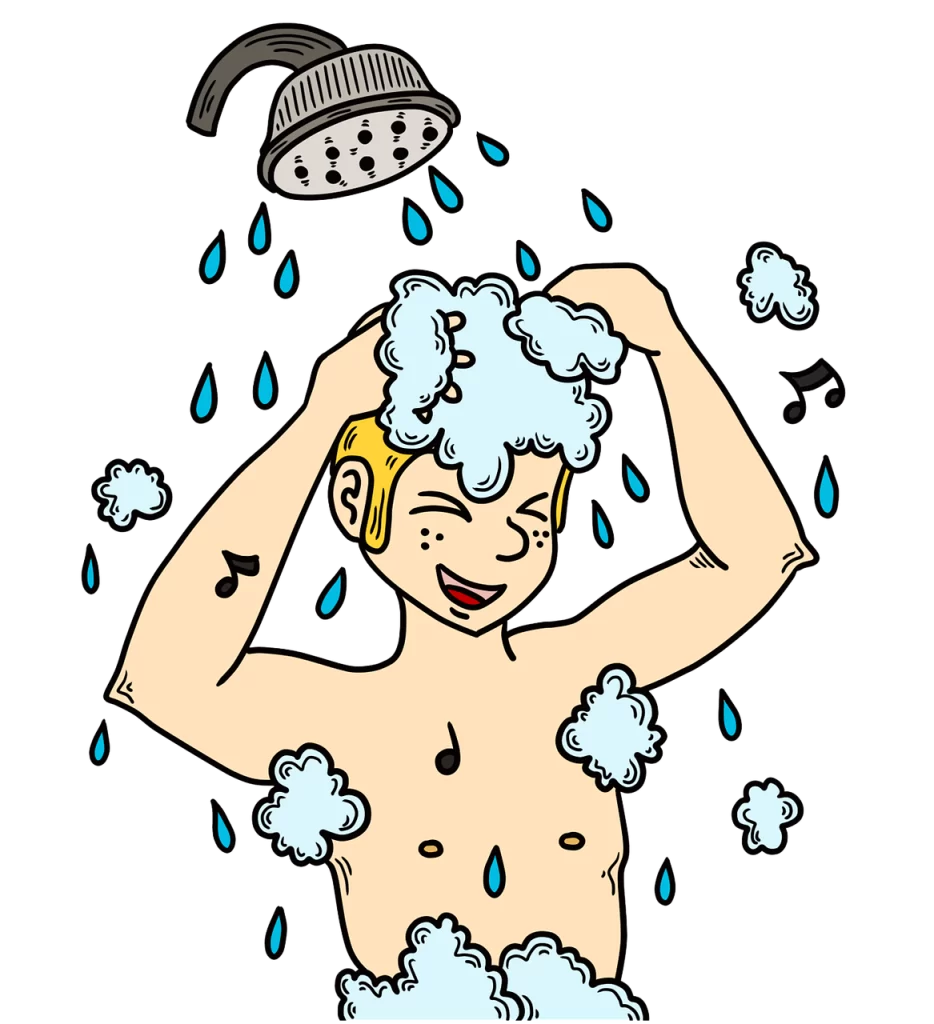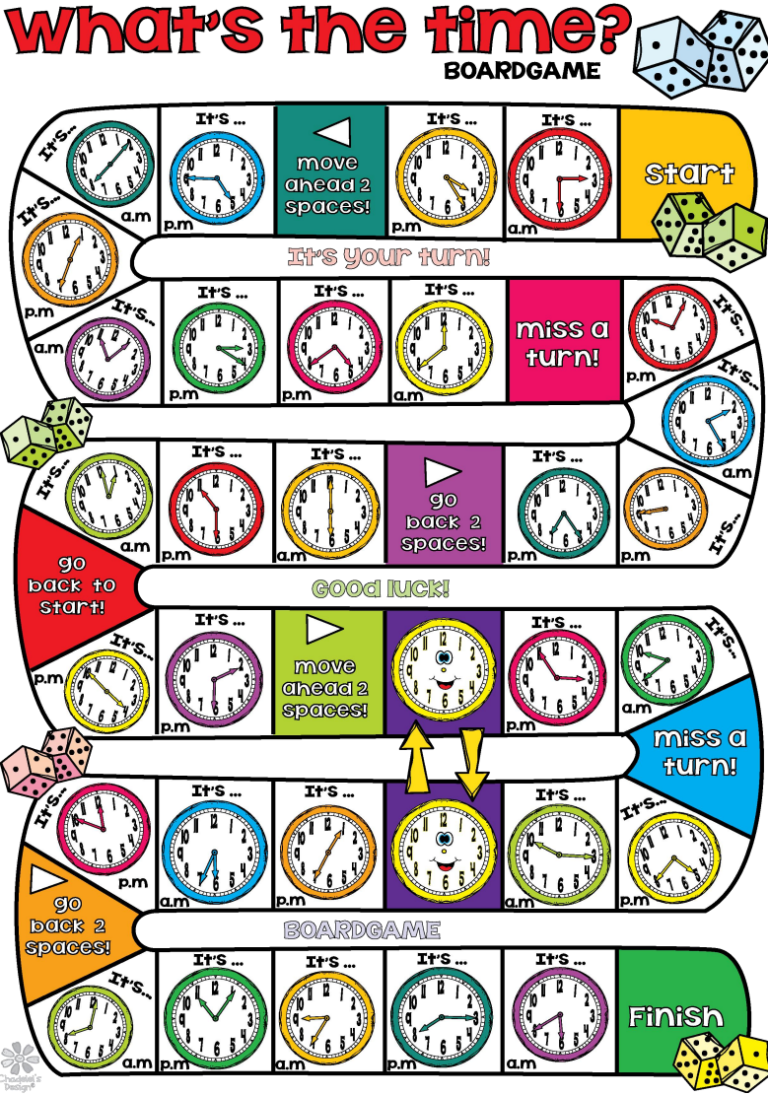Present Simple and Daily Routines. English ESL/EFL lesson plan on the simple present with daily routine vocabulary and the days of the week
Present Simple and Daily Routines

Lesson plans
Here you can find a wide range of full lesson plans to use in your classroom.
All of our lessons are designed around themes engaging and relevant to English ESL-EFL learners and can be used to complement your school curriculum, giving students an opportunity to develop their English language and skills in motivating and enjoyable ways.
These lesson plans focus on classroom games and activities oriented around meaningful practice of grammar items in English. The vast majority of the activities have been designed to be simple and easy to apply, without requiring much in the way of additional resources or materials. Wherever possible, games have been presented in a way that makes full use of any natural or genuine communicative aspects embodied in the grammar constructions, though while there is emphasis on understanding the grammar and its functional and communicative aspects, most of the games also highlight the importance of using the grammar accurately.
These lesson plans are intended as a starting point for teachers to adapt and build their own stock of in-class games and activities that can be applied relatively quickly and easily.

Here are six lesson plans on the Present Simple Tense with Daily Routine Vocabulary and the days of the week

Simple Present Tense with Daily Routine
Objective:
That the students will be able to start constructing basic sentences in the simple present tense using the information they have learned so far such as: vocabulary, numbers, time, and inferring a few other topics that will be covered later.
Warm-Up:
Review time by practicing together as a class on the board. Also check out these lesson plans on numbers and time.
Practice / Presentation:
– Have some clocks drawn on the board so that the students can review. Also reverse the learning process by saying a few times out loud and having the students draw the correct clock face.
– Review the new verbs given and make sure students understand there meanings.
– Practice the new words by playing “Charades” with the students so that they have to act out the word/phrase and then their classmates have to guess what it is they are doing.
– Give an example of a daily routine paragraph, quickly explaining the pronoun “I” which has not been covered yet. For example:
– I wake up at 7 am. I get dressed at a quarter after 7. I eat breakfast at
7:30am. I brush my teeth at 7:35am. I walk to school at 7:45am. I work
from 8am till noon. I eat lunch at half past 12pm. I walk to school at
1pm. I work from 1:30pm till 5pm. I eat dinner at 6pm. I watch
television at 7pm. I read at 15 minutes till 9. I go to bed at 10pm.
– Have the students read aloud your version and then copy the example down in their notebooks.
Homework:
Have the students write their own paragraph that gives the details of their daily routine including both new verbs in the simple present tense and times.


Days of the week (with simple present tense and daily routine vocab)
Objective:
That the students will be able to start constructing basic sentences in the simple present tense using the information they have learned so far such as: vocabulary, numbers, time, and inferring a few other topics that will be covered later.
Warm-Up:
Review time, vocabulary of the daily routine, and simple present tense by going over the homework and by practicing together as a class on the board.
Practice / Presentation:
– Review the daily routine verbs given and make sure students understand there meanings.
– Introduce new “days of the week” vocabulary:
1. Monday =
2. Tuesday =
3. Wednesday =
4. Thursday =
5. Friday =
6. Saturday =
7. Sunday =
8. week =
9. weekend =
10. everyday =
11. sometimes =
– Give an example of a daily routine paragraph, quickly explaining the pronoun “I” which has not been covered yet. For example:
– I wake up at 7 am during the week. On Saturday and Sunday I sleep. I get dressed for school on Monday, Tuesday, Wednesday, Thursday and Friday.. I eat breakfast at 7:30am. I brush my teeth everyday. I walk to school in the mornings. I work from Monday till Friday. I eat lunch at noon. Everyday I eat dinner at 6pm. Sometimes I watch television at night. Everyday I read at 9pm. I go to bed at 10pm.
Homework:
Have the students write their own paragraph that gives the details of their daily routine including both new verbs in the simple present tense, times, and also days of the week vocabulary.


How many times a day?
Objective: Showing habitual behavior with simple frequency
Practice / Presentation:
This game is called “How many times a day?” and it is applied it to help students indicate the regular things they do as part of their day and how often.
After explaining the terms once/twice/three times/four times/etc and the accompanying “… a day” to indicate across the span of a general day, the teacher then asks Yes/No questions to individual students
to facilitate the following sequence:
Teacher:
Do you brush your teeth every day, Robin?
Student 1: Yes.
Teacher: How many times a day, Robin? [holds up five fingers]
Student 1: No.
Teacher: How many times a day, Robin? [holds up four fingers]
Student 1: No.
Teacher: How many times a day, Robin? [holds up three fingers]
Student 1: Yes!
Teacher: How many times a day does Robin brush her teeth, everybody?
Students: She brushes her teeth three times a day.
Teacher: How many times a day do you brush your teeth, Robin? [to student 1]
Student 1: I brush my teeth three times a day.
To encourage accuracy, the game can be scored by giving every student in the class a point each if the choral answer is correctly given. The student asked individually gains two points for correctly stating the answer using the first person form.
Alternatively, the teacher can suddenly throw in unexpected ‘bonus runs’ where he/she follows up this sequence as illustrated by asking the same question to every student in the class – a great way to help weaker students in the class by providing choral and peer models before they are asked to say something under pressure.


Simple Present Verbs
Objective:
Students should be able to understand simple verbs and their meanings.
Practice:
– Play “Charades” with the students. First divide them into teams, then explain the rules, and Enjoy!
Homework:
Give students new verb vocabulary words and have them make flash cards (by drawing the action) for these new words.
1. dance =
2. feel =
3. cry =
4. earn =
5. speak =
6. begin =
7. hike =
8. plan =
9. sing =
10. need =
11. draw =
12. open =
13. ride =
14. close =
15. find =
16. prepare =
17. look =
18. break =
19. smell =
20. buy =


Review of Simple Present Tense
Objective:
Students will have remembered the basic concepts of the Simple Present Tense.
Warm-Up:
See how much the students know by asking them to create sentences in the simple present tense, it will make it easier to then gauge where to start the review.
Presentation:
– Draw the following diagram on the board:
now
past <—————————–I————————–> future
– Explain that the simple present tense takes place in the “now” and show the following diagram to illustrate this.
—-x—x—x—x—x—x-I–x—x—x—x—x—x—
– Define the simple present tense:
– The simple present tense says that something was true in the past, is true in the present, and will be true in the future. It expresses general statements of fact and timeless truths. It is also used to express habitual or everyday activities.
– Give some examples of sentences in the simple present tense:
Ex.
Sarah watches television.
The class works hard everyday
Practice:
– Have the students write in the correct form of the verbs for the following simple present tense sentences.
1. Diane (wash) _________ her hair everyday.
2. Kathy always (sit) _______ in the front row.
3. Every morning the sun (shine) ____ in my window.
4. It (rain) ____ in my country.
5. Everyday I (wait) ____ for a reply to my letter.
6. John (work) _____ for the government.
7. They (walk) _____ to school in the morning.
8. We (try) ____ to do our homework.
9. Mary (talk) ____ during class.
10. Jason (play) _____ basketball.
11. Dusty (make) _________ his bed everyday.
12. Kyle always (wear) _______ a hat.
13. Every morning the cow (walk) ____ by my window.
14. It (snow) ____ in my state.
15. Everyday I (write) ____ a letter to my family.
16. Jason (work) _____ for Peace Corps.
17. They (walk) _____ to the Bazaar on Sundays.
18. We (watch) ____ television sometimes.
19. Mary (listen) ____ during English class.
20. Joe (play) _____ soccer
Homework:
Have the students write their own sentences in the simple present tense for practice, five to ten should be sufficient.

Also Check out these resources on the Present Simple, the Daily Routines and the Days of the week


















